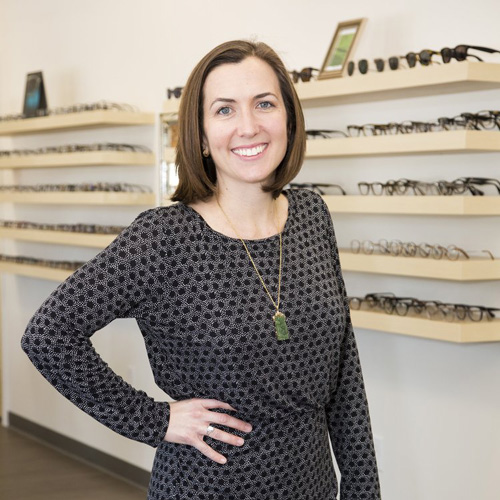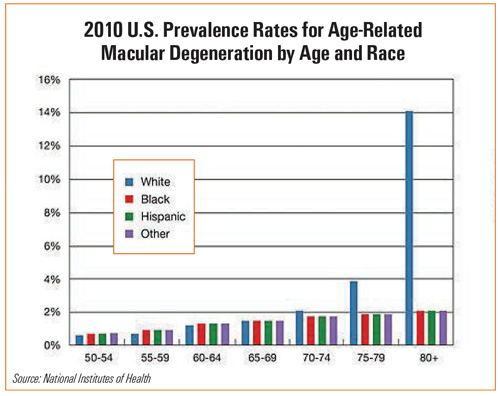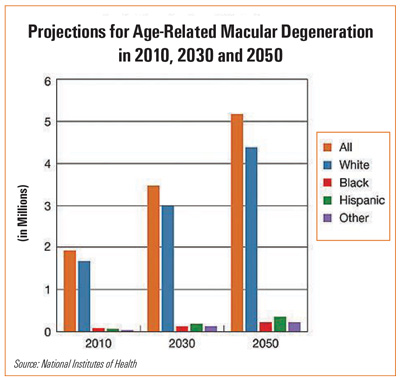

By Alexandra Copeland, OD, FAAO, of Innovative Eye Care in Kalamazoo, Michigan
Low vision services are often overlooked when an optometrist thinks about adding a specialty to her office. Practitioners often shy away from this area because they think it requires knowledge of complex optics or too much time and investment without enough profit. Both are untrue. Low vision services can be a great addition to any practice.
A lot of optometrists’ only experience with low vision patients was in optometry school. They associate low vision with two-hour exams and think there’s no way they can fit that into their schedule. However, remember that completing a routine eye exam in school likely took nearly an hour as well. Doctors now see patients in half that time or less. This can be the same for low vision patients. Low vision patients do tend to run on the elderly side. Blocking an hour for the initial exam will provide enough time to complete all exam elements and discuss any patient questions. These hour blocks can help fill a new practice or associate’s schedule.
Low vision evaluations should be billed as medical office visits. A lot of time is spent on education and counseling on things like the ocular condition’s effect on the visual system and different low vision services and devices available. Billing a low vision exam based on face-to-face time instead of exam elements completed allows the practitioner to be compensated better for her time. Medical insurances do not offer benefits for low vision devices like handheld and electronic magnifiers. Selling these devices creates an additional office revenue stream.
A small investment in low vision devices can still have a big impact as doctors build their low vision patient base. I would suggest starting out with one binocular distance telescope, a few low-powered hand-held and stand magnifiers and a couple pairs of fit-over filters. It’s great to have an electronic magnifier in office, but these products are a bigger investment. If you don’t have the extra funds, reach out to company reps to see if they are willing to loan you a device to start.
Optometrists can apply basic refractive principles to solve a lot of low vision patients’ needs. Many visually impaired patients complain about trouble reading. For patients with mild to moderate impairment (best corrected vision about 20/40-20/80), a stronger add can resolve this issue. Optometrists should be familiar with the strongest add power available in their progressive lens of choice. Recommending switching to a lined bifocal or single vision reading lens for extended near tasks to give a larger field can also make a big different for these patients. These suggestions require no additional equipment or further optical knowledge. An in-office eyeglasses purchase also adds to office revenue.


As the U.S. population ages, the need for low vision services is only increasing. The National Institutes of Health estimates the number of Americans with visual impairment will nearly double from 2010 to 2050 to reach more than 8 million. An optometrist’s inherent knowledge of optics and ocular disease makes her the ideal candidate to provide low vision services to this growing population.





